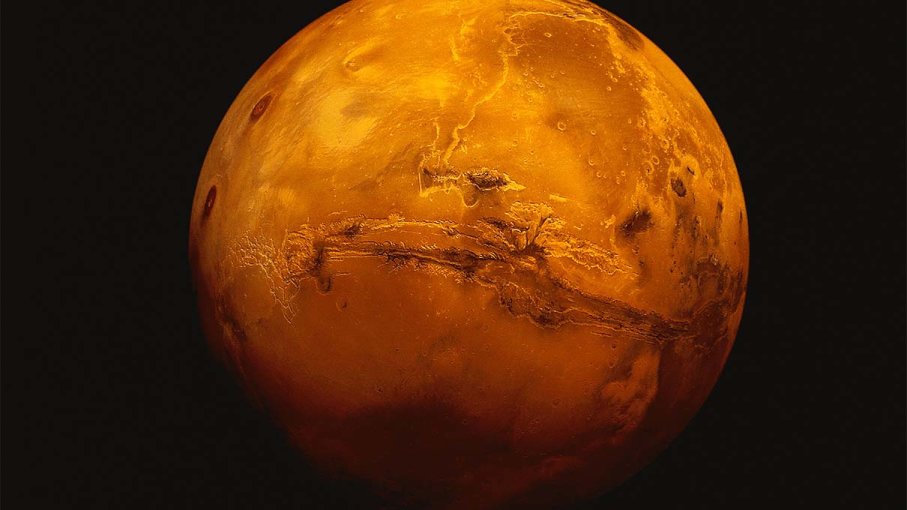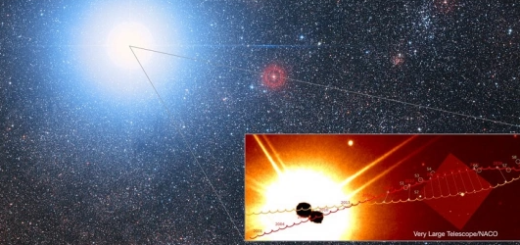Mars Moves Closest to Earth Since 2003

When Mars reaches the portion of its orbit known as “opposition,” Mars and Earth will be in a straight line from each other, with the sun in the middle. STOCKTREK/GETTY IMAGES
Mars, you inspirational planet, you. You’ve fueled our thoughts of aliens and far-flung habitation. Your latest move, though, is giving us all the feels.
From July 27 until July 31, 2018, Mars will be at its most luminous because it will be closer to Earth — boosting our ability to view the red planet. But why? It all has to do with Mars’ orbit.
Earth and Mars both orbit the sun, but because Earth is closer to the sun, it orbits at a quicker pace than the red planet. About every two years, when Mars reaches the portion of its orbit known as “opposition,” it is precisely opposite the sun, at least from Earth’s point of view. In essence, Mars and Earth create a straight line from each other, with the sun in the middle. This phenomenon will occur on July 27, 2018.
The “opposition” orbit will bring Mars the closest it has been to Earth since 2003, when it was about 34.7 billion miles (56 million kilometers) from Earth. On July 27, 2018, Mars will be 35.8 billion miles (57.6 kilometers) from Earth, according to calculations by NASA.
Mars Close Approach is July 31, 2018. On that date, Mars will be 10 times brighter than normal. It will reach maximum visibility at 3:50 a.m. EDT. Mid- to late-evening will be the best time to find Mars, in the southeast part of the sky, nestled in the constellation Capricornus.
And don’t worry if you miss the July 31 viewing. Mars will remain brighter than normal until Aug. 3, 2018.
If you’re really curious about the night sky, you won’t want to miss the lunar eclipse that also will occur on July 27, 2018. As Mars and Earth go into total opposition, it will cause the longest lunar eclipse of the 21st century. A lunar eclipse occurs when the moon passes into Earth’s shadow, directly opposite the sun. When the moon moves into the deepest part of Earth’s shadow, it will turn red, which is why it is called a “blood moon.” The phenomenon can be seen by people in Africa, the Middle East, southern Asia and the Indian Ocean, but the rest of us can — thankfully — watch on webcasts.



 Creators of mankind
Creators of mankind Description of “Tall white aliens”
Description of “Tall white aliens” Where they came from?
Where they came from? About hostile civilizations
About hostile civilizations The war for the Earth
The war for the Earth “Tall white aliens” about eternal life
“Tall white aliens” about eternal life Video: “Nordic aliens”
Video: “Nordic aliens” Aliens
Aliens Alien encounters
Alien encounters The aliens base
The aliens base UFO
UFO Technology UFO
Technology UFO Underground civilization
Underground civilization Ancient alien artifacts
Ancient alien artifacts Military and UFO
Military and UFO Mysteries and hypotheses
Mysteries and hypotheses Scientific facts
Scientific facts


















